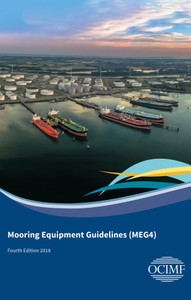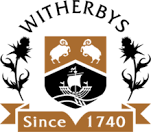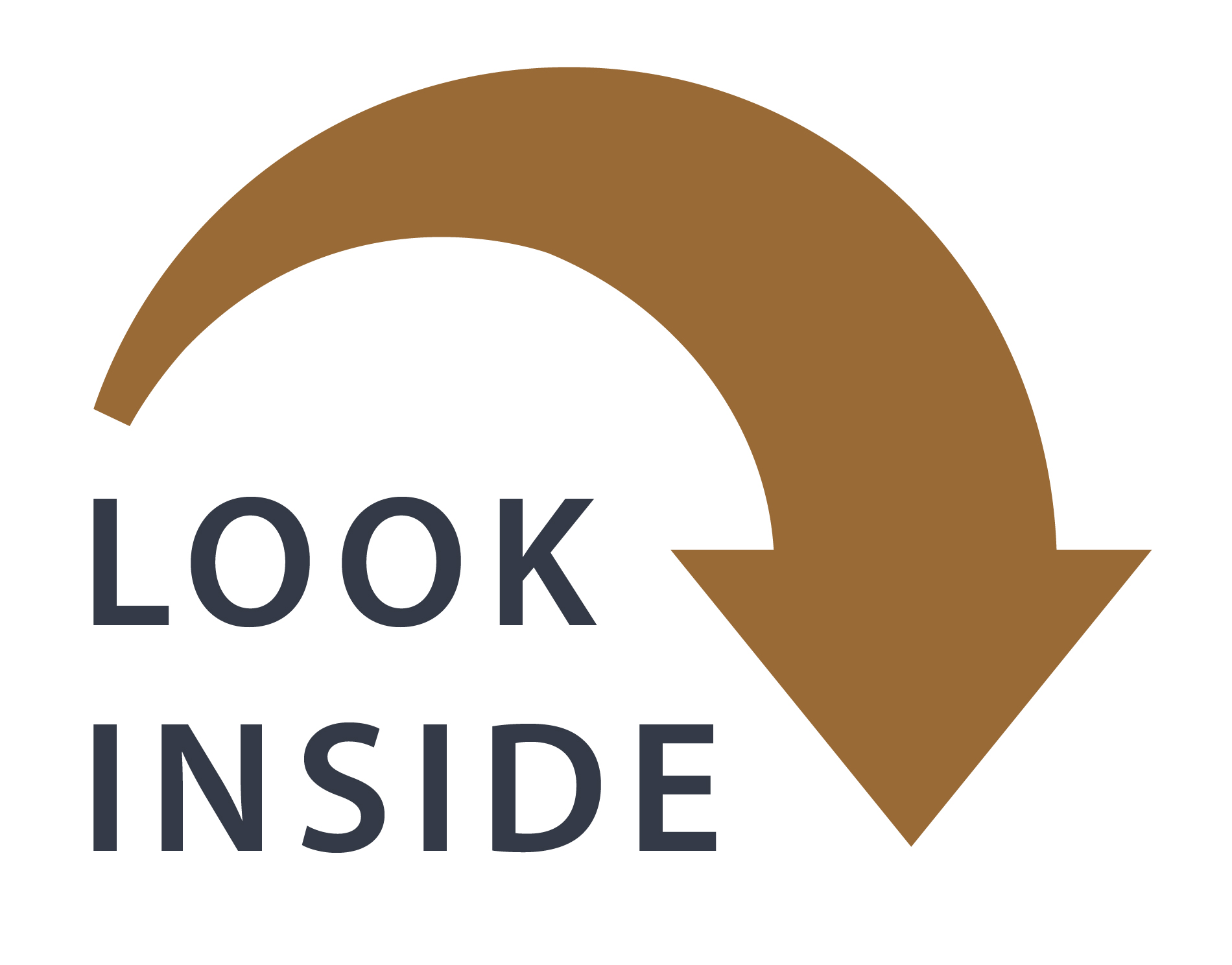
This publication provides guidance on the general principles, procedures and equipment required to safely moor and transfer cargo between offshore terminals and offtake tankers.
This publication provides information and guidance on the safe management of the interface between offshore terminals and offtake tankers, focussing on F(P)SO and SPM buoy terminals and conventional and DP tankers. It will be of use to tanker technical operators, terminal operators, tanker-based personnel, terminal-based personnel, offshore project development teams and regulatory officials.
It updates and supersedes the following OCIMF publications:
- Offshore Loading Safety Guidelines with Special Relevance to Harsh Weather Zones
- Tandem Mooring and Offloading Guidelines for Conventional Tankers at F(P)SO Facilities
- Recommendations for Equipment Employed in the Bow Mooring of Conventional Tankers at Single Point Moorings.
This publication aims to promote harmonisation and compatibility between offshore terminals and offtake tankers, by providing guidance on equipment and procedures for mooring and cargo transfer of crude oil and other petroleum products.
The guidelines are aimed at tanker technical operators, terminal operators, tanker-based personnel, terminal-based personnel, offshore project development teams and regulatory officials. The main focus of the guidelines is on the safe management of the interface between offshore terminals and offtake tankers.
This publication updates and supersedes the following OCIMF publications:
- Offshore Loading Safety Guidelines with Special Relevance to Harsh Weather Zones
- Tandem Mooring and Offloading Guidelines for Conventional Tankers at F(P)SO Facilities
- Recommendations for Equipment Employed in the Bow Mooring of Conventional Tankers at Single Point Moorings.
This publication also includes work from an OCIMF work group on Dynamic Positioning (DP) bow loading tankers at offshore terminals, which was set up to develop the concepts in the Oil and Gas UK (previously UKOOA) Tandem Loading Guidelines for worldwide use. OCIMF is grateful to Oil and Gas UK for their permission to incorporate sections from the Tandem Loading Guidelines into this publication.
Field operators should conduct field-specific risk assessments and set field-specific standards to ensure safe operations. Recommendations in this publication may be supplemented by requirements from project development teams, tanker technical operators and terminal operators. Some countries have enacted Coastal State regulations that address offshore tanker operations within their territorial waters or Exclusive Economic Zone (EEZ) which must be complied with. This publication should not replace, but provide additional guidance to, any Coastal State or international regulations or the individual terminal operator’s specific procedures.
In addition to the guidance in this publication, further guidance on the risk management of F(P)SO operations is available in the following publications:
- Guidelines for Managing Marine Risks Associated with FPSOs, International Association of Oil and Gas Producers (IOGP)
- Tandem Loading Guidelines, Oil and Gas UK.
Section one – Applicable codes and standards
1.1 Offshore terminals used for cargo transfer
1.2 Offtake tankers
Section two – F(P)SO subsea mooring and cargo transfer philosophy
2.1 Definition and application
2.2 Operating environments
2.3 F(P)SO subsea mooring configurations
2.4 F(P)SO location relative to other structures
2.5 Basis of design and cargo transfer philosophy development
Section three – Offshore terminal mooring configuration and equipment
3.1 Introduction
3.2 Mooring system design
3.3 Using simulation of motions and forces to assess likely hawser loads
3.4 Single and dual hawser mooring systems
3.5 Mooring system equipment
Section four – Offshore terminal cargo transfer configuration and equipment
4.1 Configuration
4.2 Cargo pumping system
4.3 Custody transfer system
4.4 Manifold
4.5 Hose flushing configurations
4.6 Cargo hoses and equipment
4.7 Quick release couplings
4.8 Cargo hose end fittings
4.9 Overpressure and surge protection
4.10 Cargo containment
4.11 Lifting and other equipment
4.12 Terminal interface for offtake tanker surge prevention and overpressure protection
4.13 Terminal interface for offtake tanker equipment maintenance and repair
Section five – Offtake tanker mooring and cargo transfer equipment and configuration
5.1 All offtake tankers
5.2 Offtake tanker technical operator responsibilities
5.3 Conventional tankers
5.4 Bow loading tankers
Section six – Station keeping
6.1 Conventional tankers
6.2 Station keeping using tugs
6.3 Mooring layout for tug escort and pull-back, and aft mooring deck design
6.4 Stern mooring winch configuration
6.5 Disconnection of towline
6.6 DP systems
Section seven – Personnel transfer facilities
7.1 General
7.2 Support vessel transfer
7.3 Basket transfer
7.4 Helicopter transfer
7.5 Other information
Section eight – Conventional tanker operations
8.1 Introduction
8.2 Night operations
8.3 Competence of offshore operations personnel
8.4 Communication requirements for operations
8.5 Terminal operational factors
8.6 Conventional tanker approach to terminals
8.7 Pre-arrival preparations
8.8 Pre-mooring preparations
8.9 Mooring operations
8.10 Pre-transfer conference
8.11 Cargo hose connection
8.12 Station keeping management
8.13 Cargo handling
8.14 Disconnection and unmooring
8.15 Manning and watch standing
8.16 Environmental limitations for cargo transfer operations
8.17 Requirements for support vessels
8.18 Mooring and line handling
8.19 Cargo hose handling
8.20 Tug assistance overview
8.21 Offshore terminal: organisation and responsibilities
Section nine – DP bow loading tanker operations
9.1 General
9.2 Safety critical elements
9.3 Operational safety
9.4 Training and competence of offshore operations personnel
9.5 F(P)SO operational factors
9.6 Approach to terminals
9.7 Pre-transfer conference
9.8 Station keeping operations
9.9 Cargo handling
9.10 Disconnection and unmooring
9.11 Manning and watch standing
9.12 Requirements for support vessels
9.13 Use of Tanker Assist Vessels at offshore terminals
9.14 Offshore terminal: organisation and responsibilities
Section ten – Risk management
10.1 General
10.2 Offshore cargo transfer operations: general
10.3 Hazards and effects management process
10.4 Offshore terminal to conventional tanker cargo transfer hazard identification
10.5 Risk assessment
10.6 Risk control
10.7 Mitigated risk assessment
10.8 Recovery measures
10.9 Primary field risk management methodology: field operator and offtake tanker technical operator interface
Section eleven – Emergency and contingency planning
11.1 Emergency scenarios
11.2 Emergency towing and standby vessel specifications
Appendices
Appendix A – Types of offshore terminals
A1 General
A2 Surface F(P)SOs
A3 Surface Single Point Mooring systems
A4 Sub-surface loading systems
A5 Offshore terminals for use in ice
A6 Dynamically Positioned Loading Terminal
Appendix B – Recommendations for DP bow loading tanker training and experience
B1 DP offtake tanker training: general
B2 Offshore loading training
B3 Emergency tow training exercises
Appendix C – Assurance processes for DP bow loading tankers
C1 Purpose
C2 Background
C3 Acceptance of new offshore terminals and new offtake tankers intended to be regularly used in the field (primary and secondary pool tankers)
C4 Ongoing acceptance of regularly used offtake tankers (primary or secondary pool tankers)
C5 One-off acceptance of previously unapproved alternative tankers at short notice
Appendix D – Tanker Assist Vessel for DP bow loading operations
D1 Overview
D2 Equipment requirements
D3 Tanker Assist Vessel operations
Appendix E – Examples of conventional tanker–terminal information exchanges
E1 Pre-mooring checklist (Mooring Master and conventional tanker Master exchange)
E2 Pre-cargo transfer conference checklist
E3 Pre-departure checklist
E4 Watchkeeper SPM position reporting guide
Appendix F – DP bow loading operational checklists
F1 Example of DP bow loading tanker and terminal operations checklists
F2 Example offshore terminal checklists
F3 Example DP bow loading tanker checklists
The Oil Companies International Marine Forum (OCIMF) is a voluntary association of oil companies with an interest in the shipment and terminalling of crude oil, oil products, petrochemicals and gas. OCIMF focuses exclusively on preventing harm to people and the environment by promoting best practice in the design, construction and operation of tankers, barges and offshore vessels and their interfaces with terminals. Learn more at www.ocimf.org
- Number of Pages:
- 250
- ISBN:
- 9781856097826
- Published Date:
- September 2018
- Binding Format:
- Hardback
- Book Height:
- 305 mm
- Book Width:
- 215 mm
- Weight:
- 1.5 kg
- Preview:
- Yes
- Author:
Oil Companies International Marine Forum
 Witherbys.com
Witherbys.com





